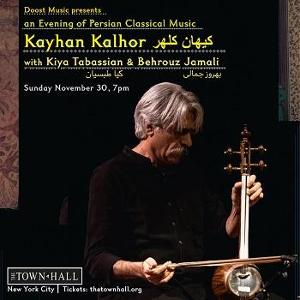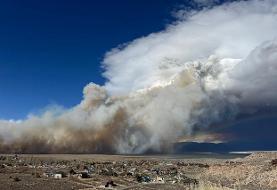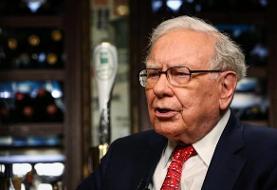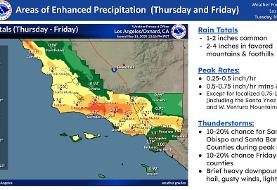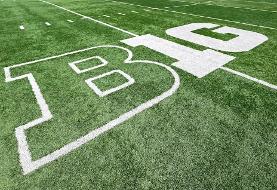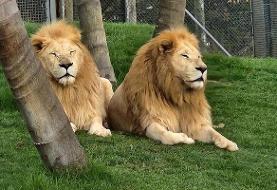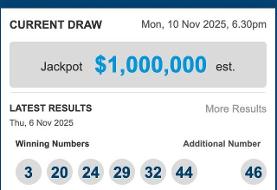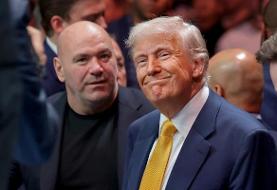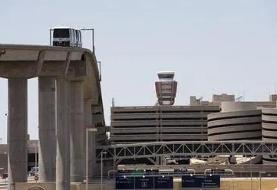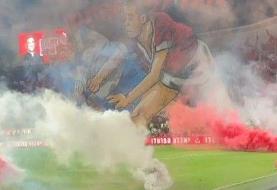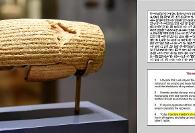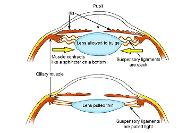Pouran Jinchi introduces world's modern art exhibits to Persian calligraphy

The New York Times: Like many children of her generation growing up in Iran, Pouran Jinchi, 53, learned the ancient art of Persian calligraphy in school, and even after she moved to the United States, she did not leave that education behind. Her parents sent her to George Washington University, in Washington, to train as an engineer, but she chose to became an artist instead.
Her drawings and paintings were abstract works based on Persian calligraphy and script forms that, to an American eye, most closely resemble cursive jottings or musical notes. At first, she had little success selling her paintings. But that changed in 2007 when Ms. Jinchi was picked up by the Third Line Gallery in Dubai. She also exhibited that year at Art Dubai, an international art fair that drew worldwide attention to the growing gallery scene in the United Arab Emirates. Collectors and curators from the region quickly took an interest in Ms. Jinchi’s particular mixture of Eastern and Western influences. Since then, her work has been selling steadily to private collectors and international institutions, including the Museum of Fine Arts in Houston, the Brooklyn Museum, the Smithsonian Institution in Washington and, in March this year, the Metropolitan Museum of Art.

The earliest Persian script is thought to have been invented 500 or 600 years before the Christian era. Together with later scripts, it is one of the most revered aspects of early Persian culture. Contemporary calligraphic artists, like Ms. Jinchi, use script not as language but as a starting point for visual abstractions.
Dina Nasser-Khadivi, an independent art adviser in Geneva who specializes in modern and contemporary Iranian art, says "Ms. Jinchi’s story pointed to a growing interest in the work of contemporary Iranian artists ... For a long time, Iranian art was “secluded and limited to the local audience in Tehran” until Christie’s sales in Dubai began, exposing Iranian artists to the international art market. Now, they are represented by galleries in London, New York and Paris, as well as Dubai."
Western museums are now showing substantial interest in contemporary work by Iranian artists, Ms. Nasser-Khadivi added, pointing to institutions like the Met, the Museum of Fine Arts in Houston, the Los Angeles County Museum of Art and the Tate Modern, in London.


